Walk With Me Savannah Tours presents 'Rising Voices', a Savannah history tour exclusively featuring underrepresented narratives and figures.
Historically too many narratives have been minimized or just left out of society's carefully crafted histories. Take a walking tour where we instead exclusively highlight those underrepresented voices.
We will focus on the lives and accomplishments of black, native, queer, and female residents of Savannah and how they impacted the world around them, in such a way that Savannah as it stands would not exist without each and every one of them.
Tours start in Franklin Square and conclude in Monterey Square.
Нев Иорк Цити
Истражите
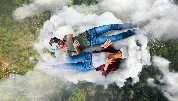 Јединствена искуства
Јединствена искуства
 Услуге путовања и превоза
Услуге путовања и превоза
 Обиласци, разгледање и крстарења
Обиласци, разгледање и крстарења
 Улазнице и пропуснице
Улазнице и пропуснице
 Карте и карте за спортске догађаје
Карте и карте за спортске догађаје
 Мала група
Мала група
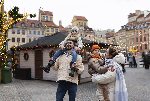 Сезонске и посебне прилике
Сезонске и посебне прилике
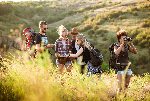 Примењене санитарне мере
Примењене санитарне мере
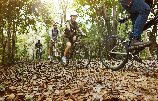 Активности на отвореном
Активности на отвореном
 Вероватно ће се продати
Вероватно ће се продати
 ЛГБТ пријатељске туре
ЛГБТ пријатељске туре
 Кид-Фриендли
Кид-Фриендли
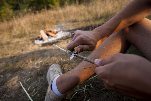 Укључује животиње
Укључује животиње
 Добро за избегавање гужве
Добро за избегавање гужве
 Храна пиће
Храна пиће
 Одличан квалитет
Одличан квалитет
 Часови и радионице
Часови и радионице
 Најбоља конверзија
Најбоља конверзија
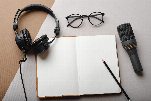 Аудио водичи
Аудио водичи
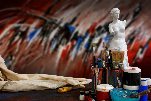 Уметност и култура
Уметност и култура
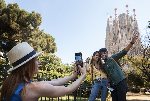 Виатор Плус
Виатор Плус
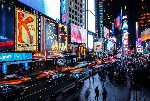 Sustainable Tours
Sustainable Tours
 Limousine Transfers
Limousine Transfers
 Donut Walking Tour
Donut Walking Tour
 Virtual Experiences
Virtual Experiences
 Additional fees
Additional fees
 DSA non-compliant
DSA non-compliant
 Јединствена искуства
Јединствена искуства
 Услуге путовања и превоза
Услуге путовања и превоза
 Обиласци, разгледање и крстарења
Обиласци, разгледање и крстарења
 Улазнице и пропуснице
Улазнице и пропуснице
 Карте и карте за спортске догађаје
Карте и карте за спортске догађаје
 Мала група
Мала група
 Сезонске и посебне прилике
Сезонске и посебне прилике
 Примењене санитарне мере
Примењене санитарне мере
 Активности на отвореном
Активности на отвореном
 Вероватно ће се продати
Вероватно ће се продати
 ЛГБТ пријатељске туре
ЛГБТ пријатељске туре
 Кид-Фриендли
Кид-Фриендли
 Укључује животиње
Укључује животиње
 Добро за избегавање гужве
Добро за избегавање гужве
 Храна пиће
Храна пиће
 Одличан квалитет
Одличан квалитет
 Часови и радионице
Часови и радионице
 Најбоља конверзија
Најбоља конверзија
 Аудио водичи
Аудио водичи
 Уметност и култура
Уметност и култура
 Виатор Плус
Виатор Плус
 Sustainable Tours
Sustainable Tours
 Limousine Transfers
Limousine Transfers
 Donut Walking Tour
Donut Walking Tour
 Virtual Experiences
Virtual Experiences
 Additional fees
Additional fees
 DSA non-compliant
DSA non-compliant




 sr
sr
 English
English
 Russian
Russian
 French
French
 Polish
Polish
 Ukrainian
Ukrainian
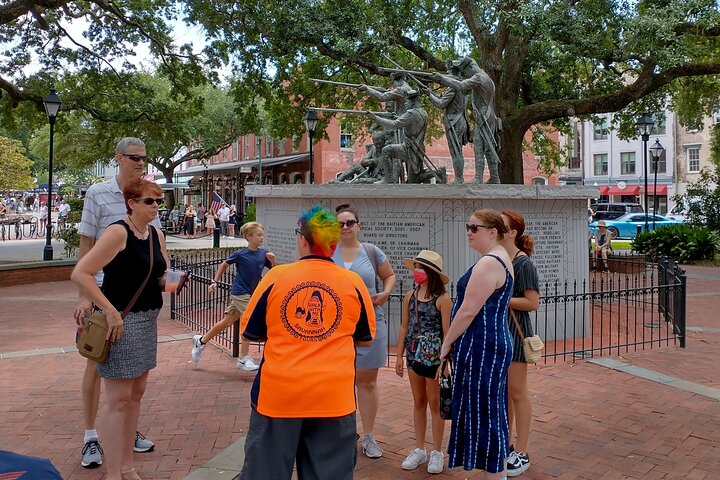
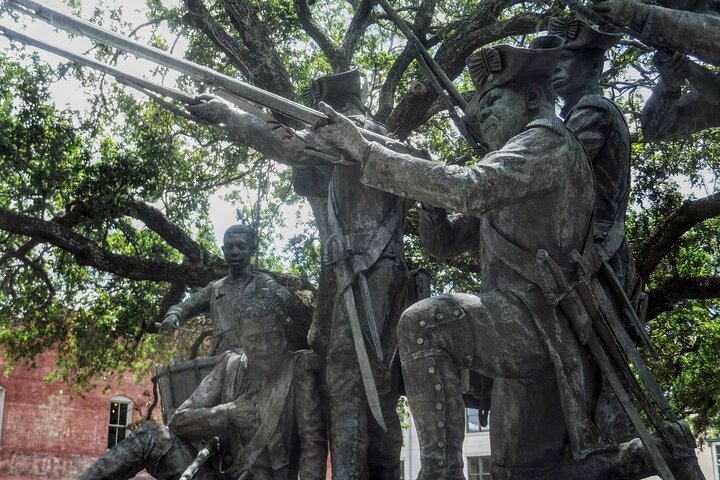
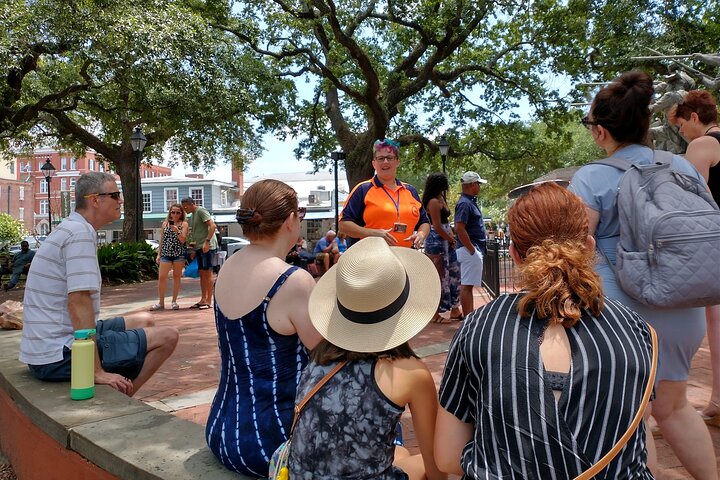
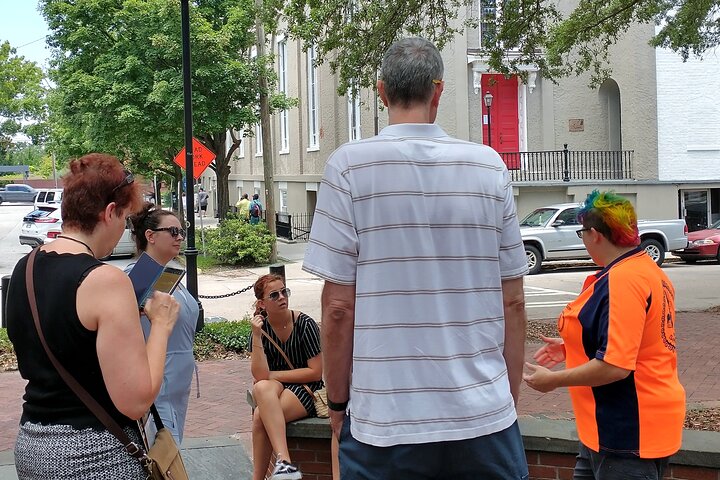
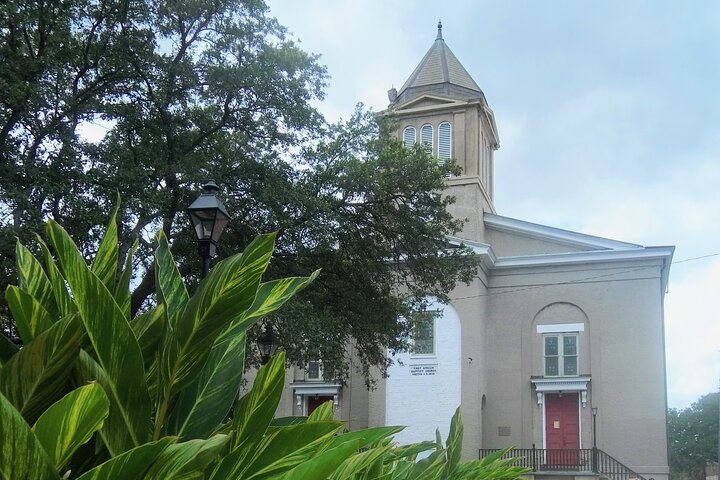
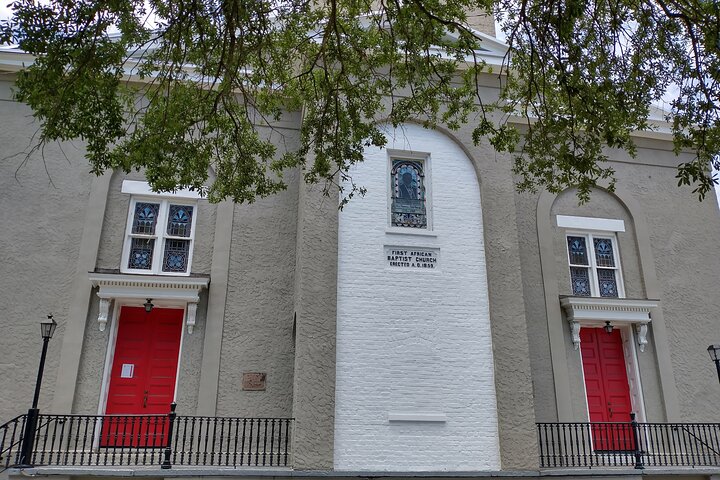
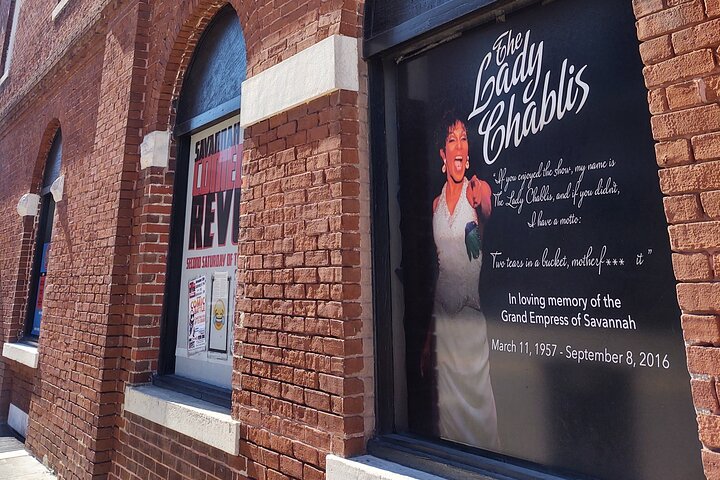
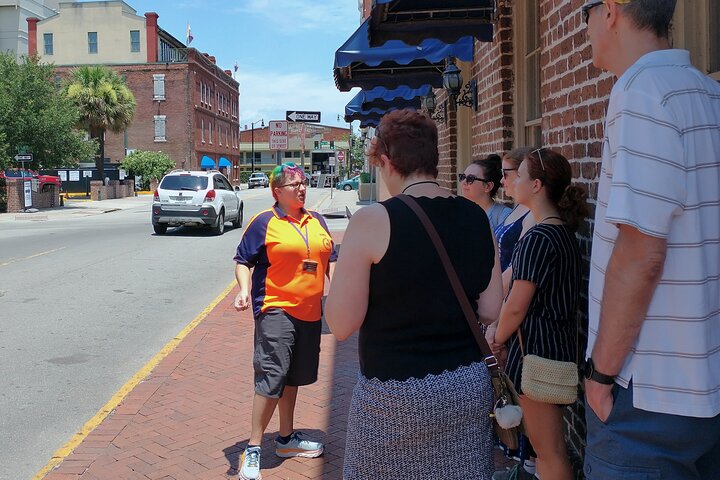
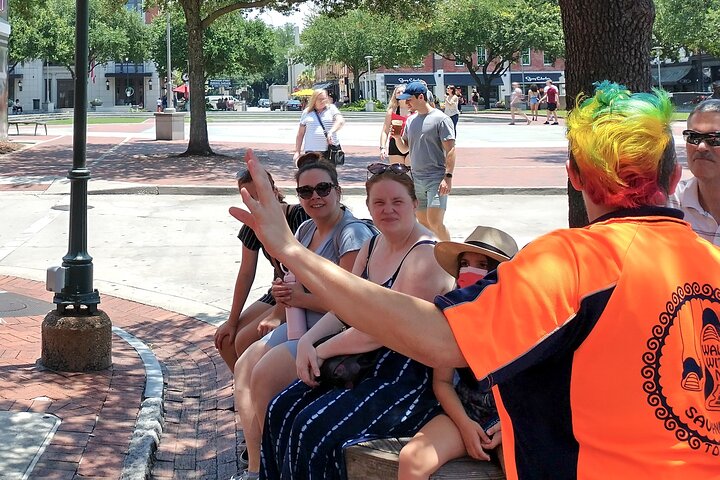
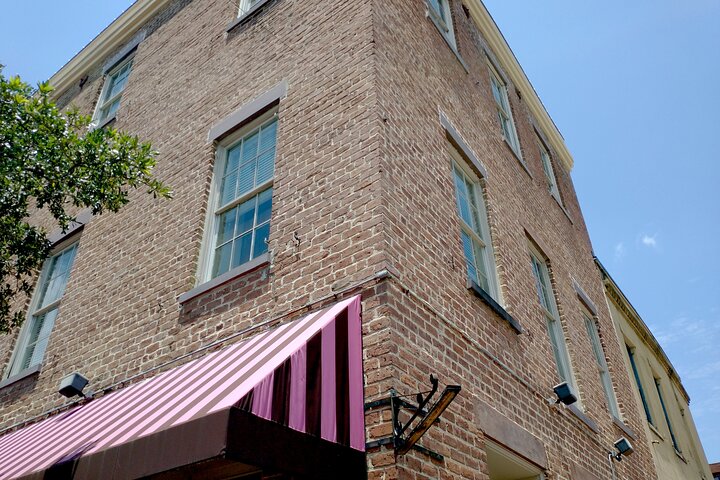
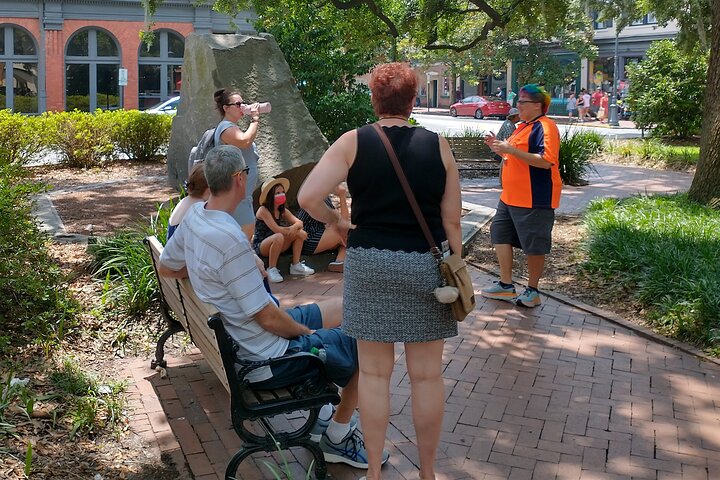
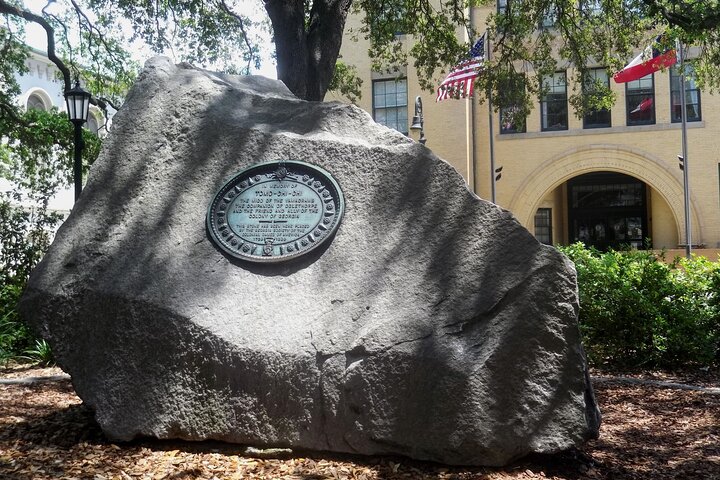
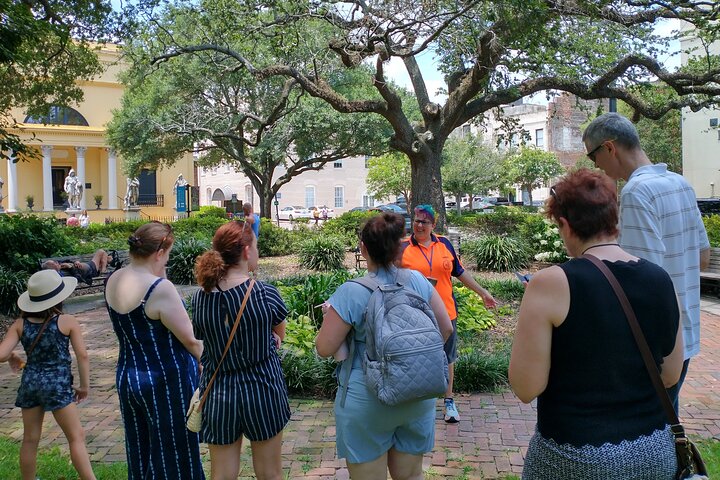
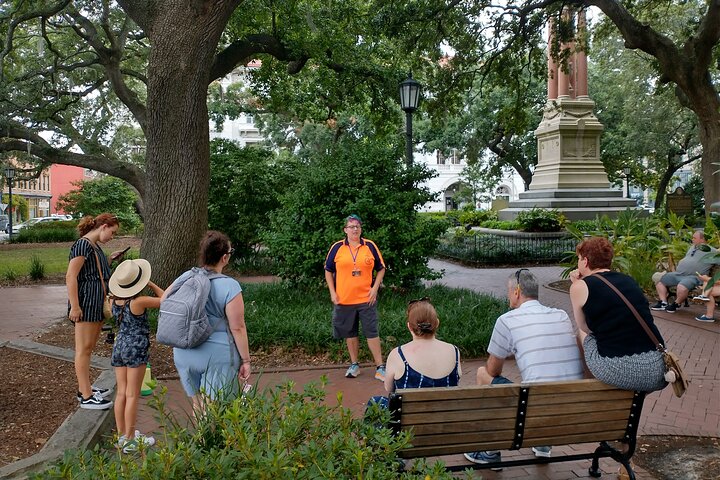
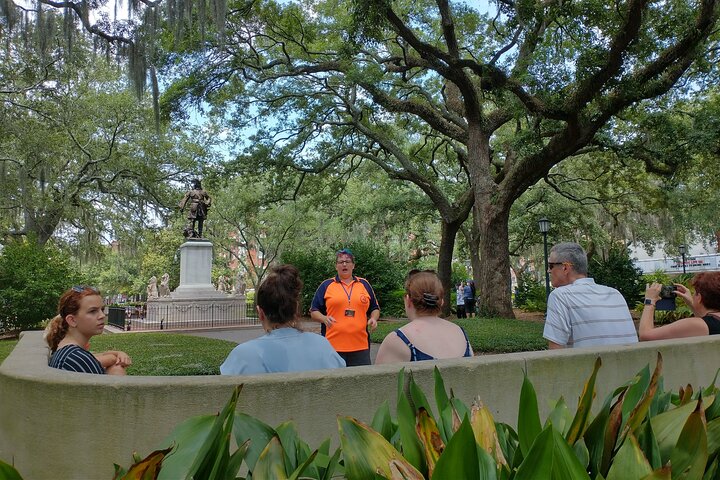
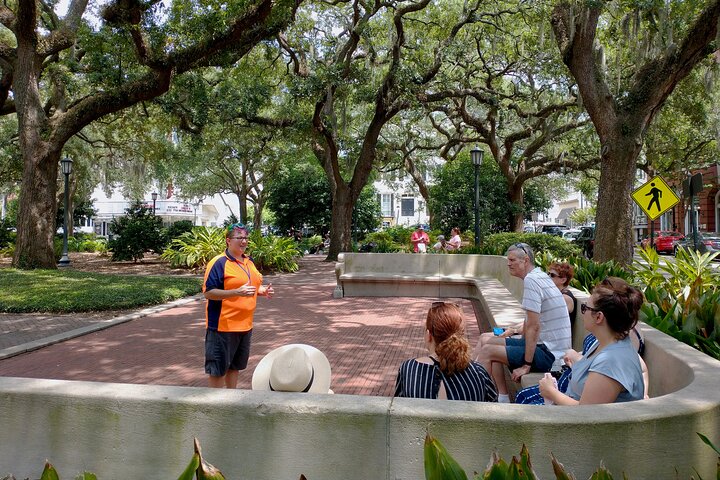
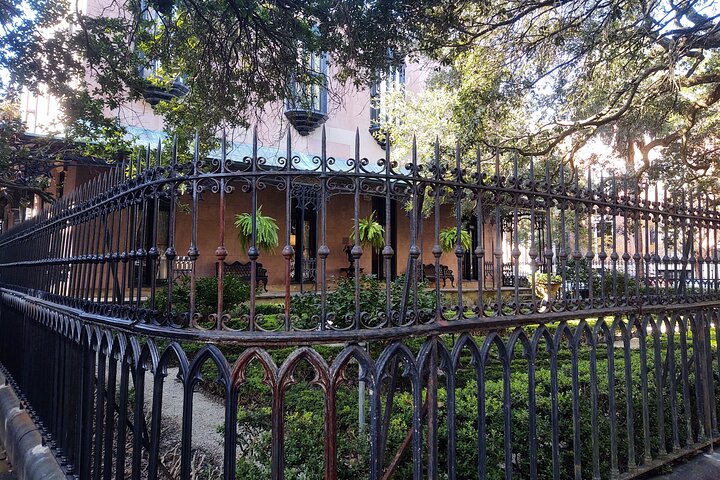
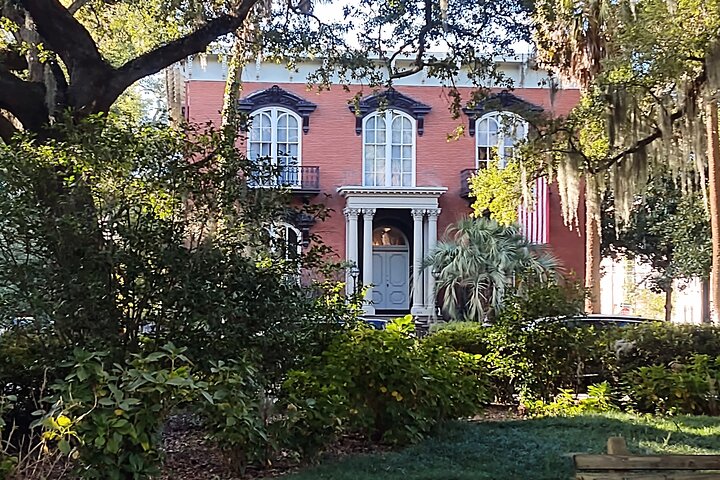
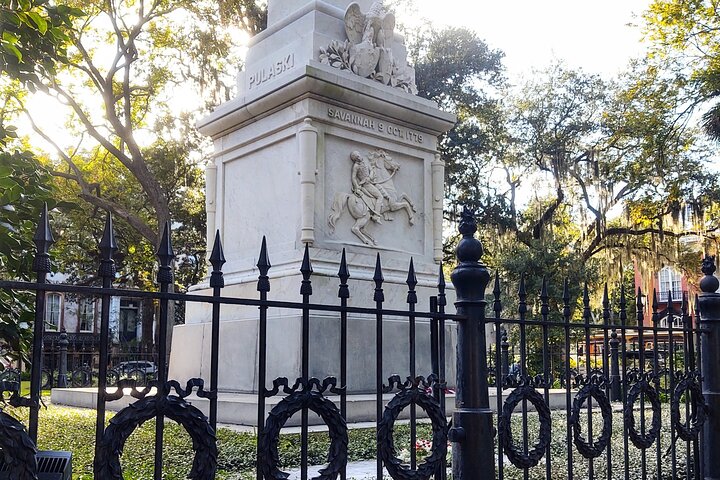
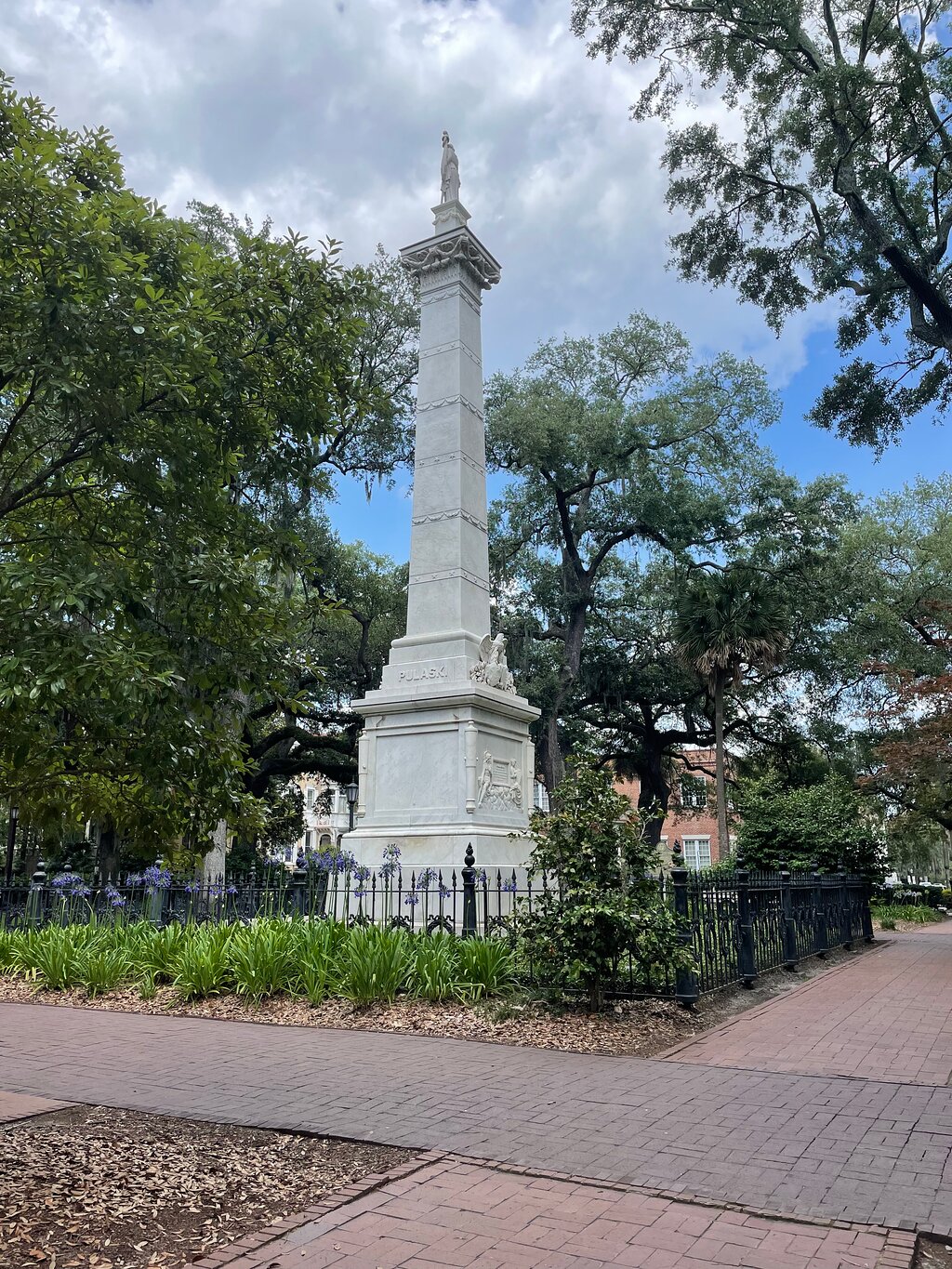
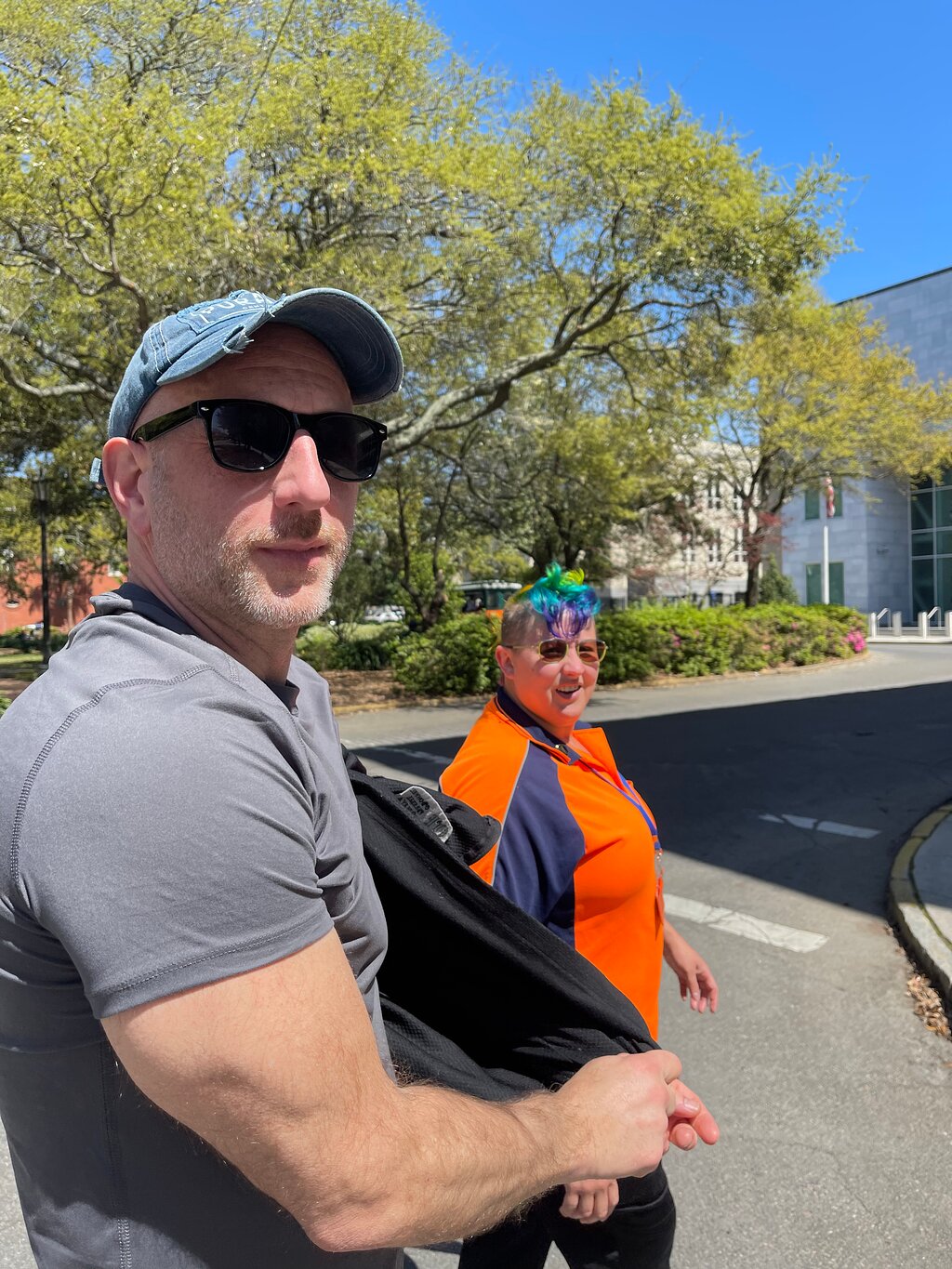
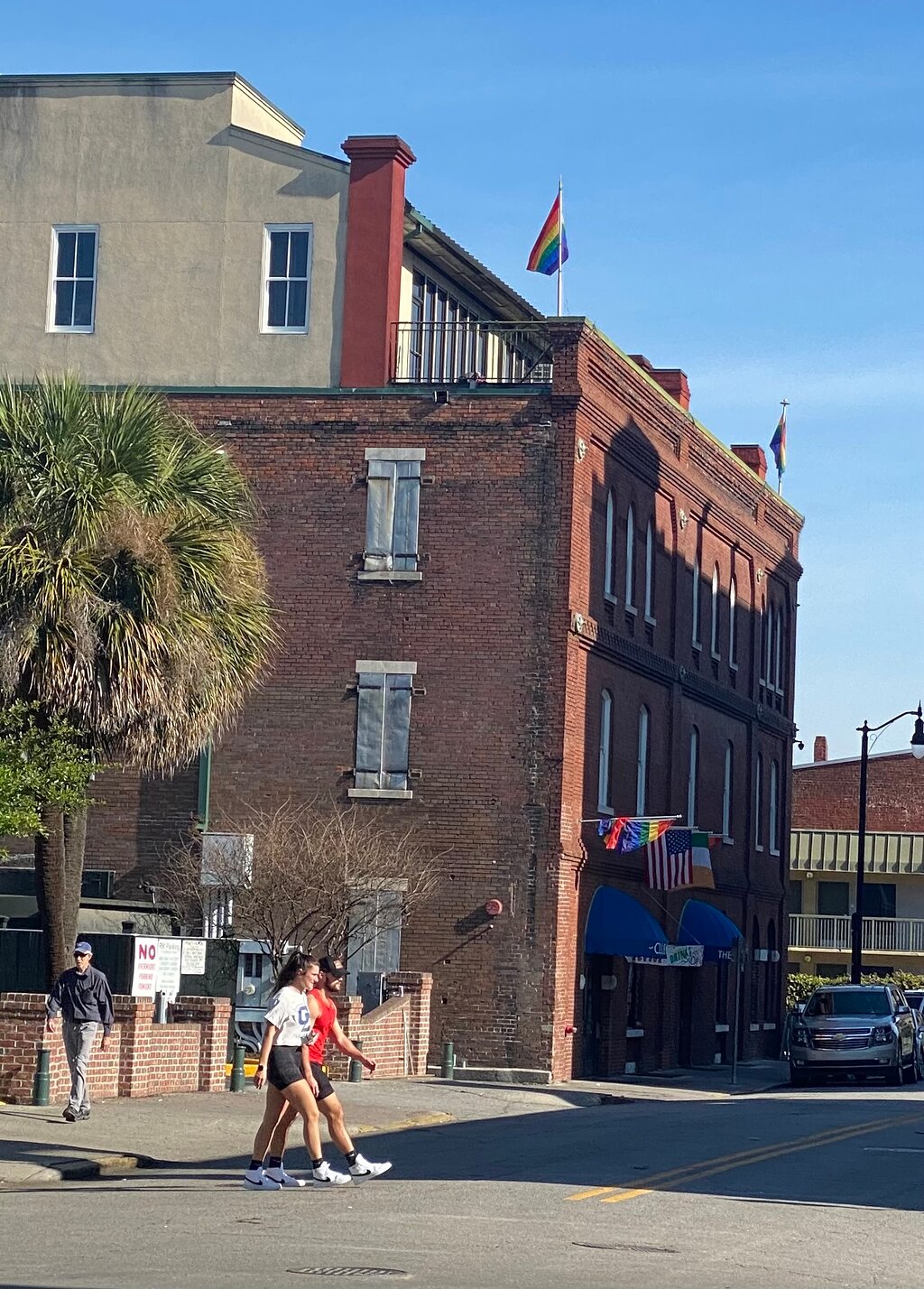

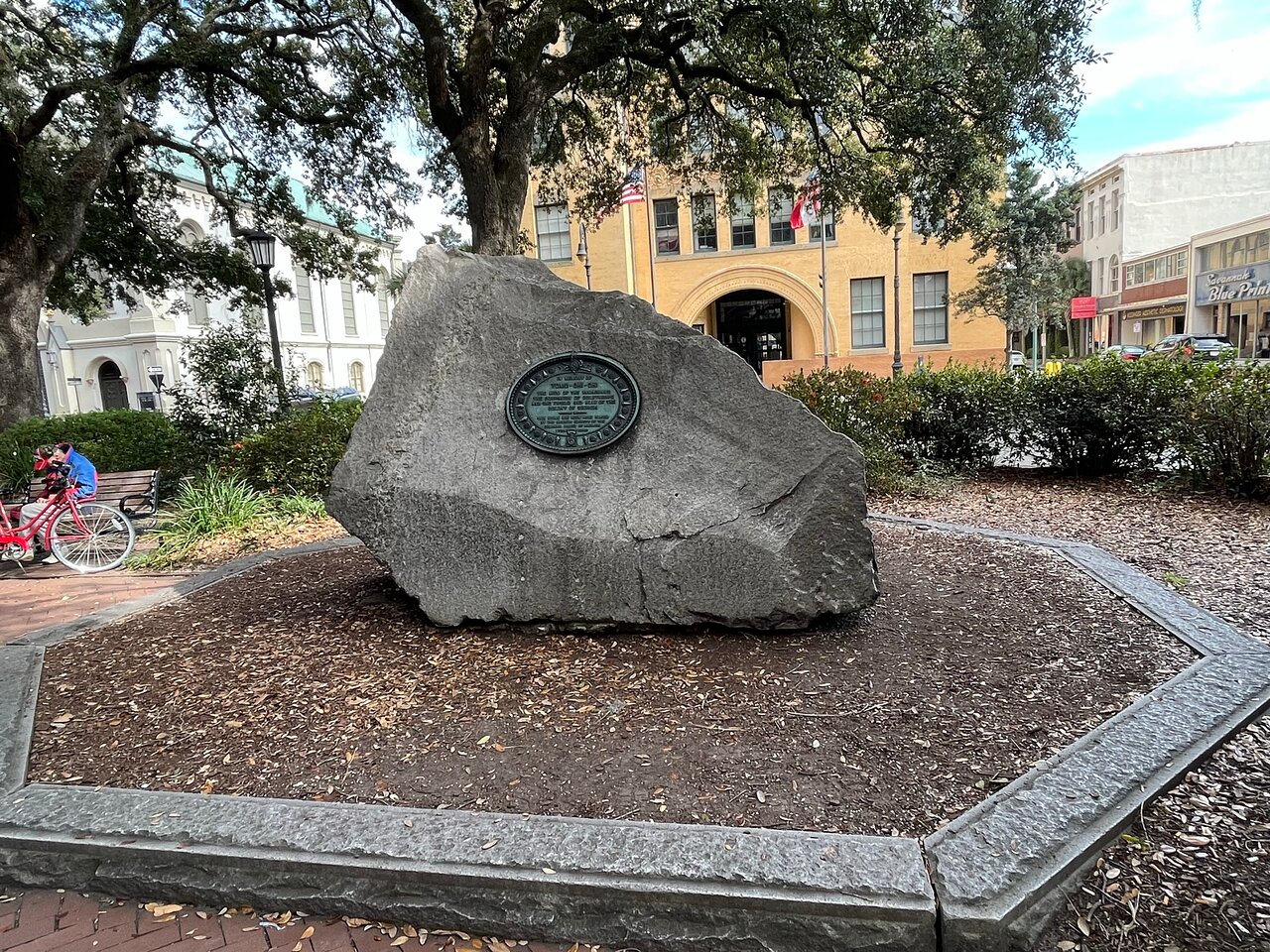
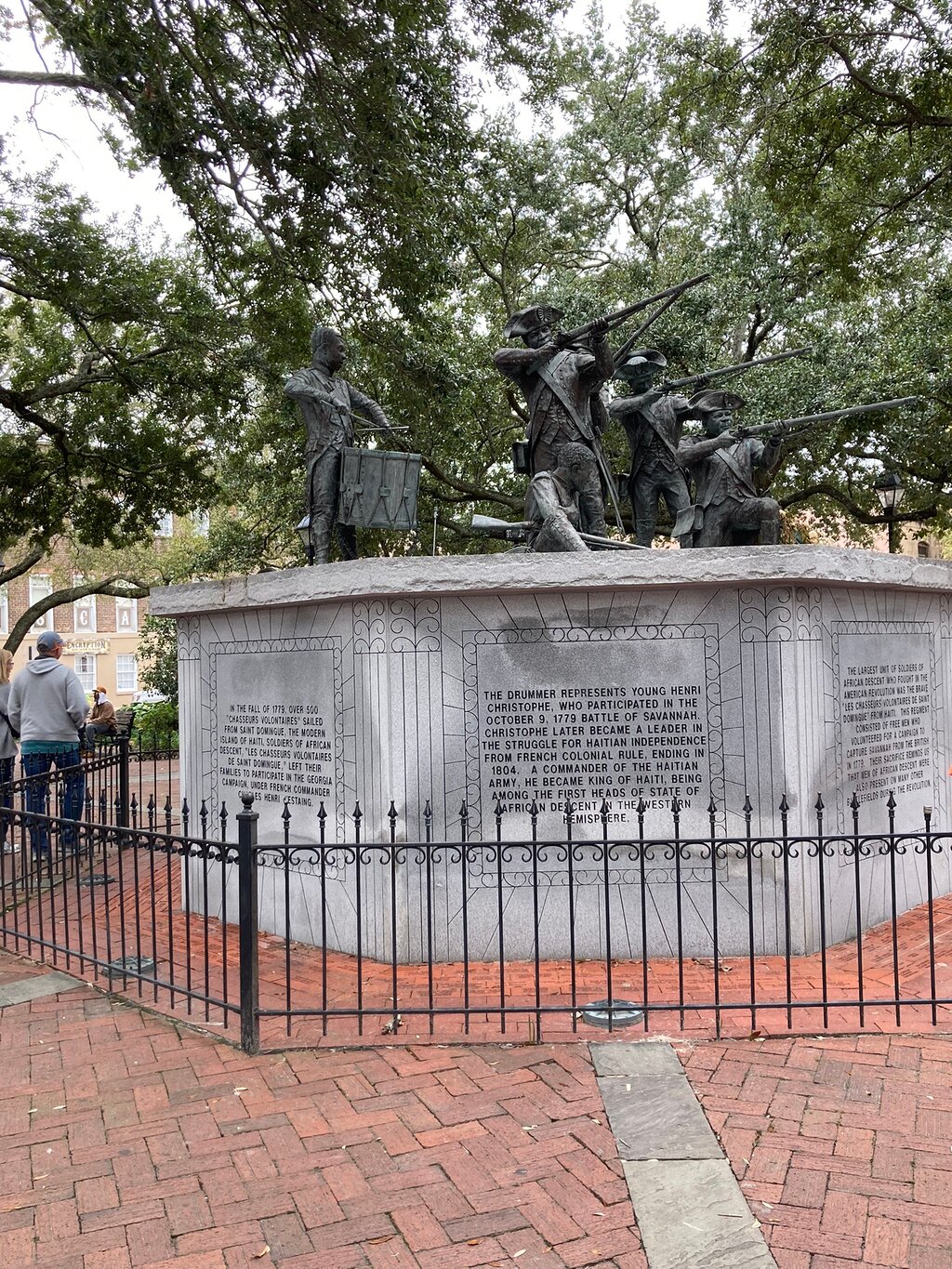
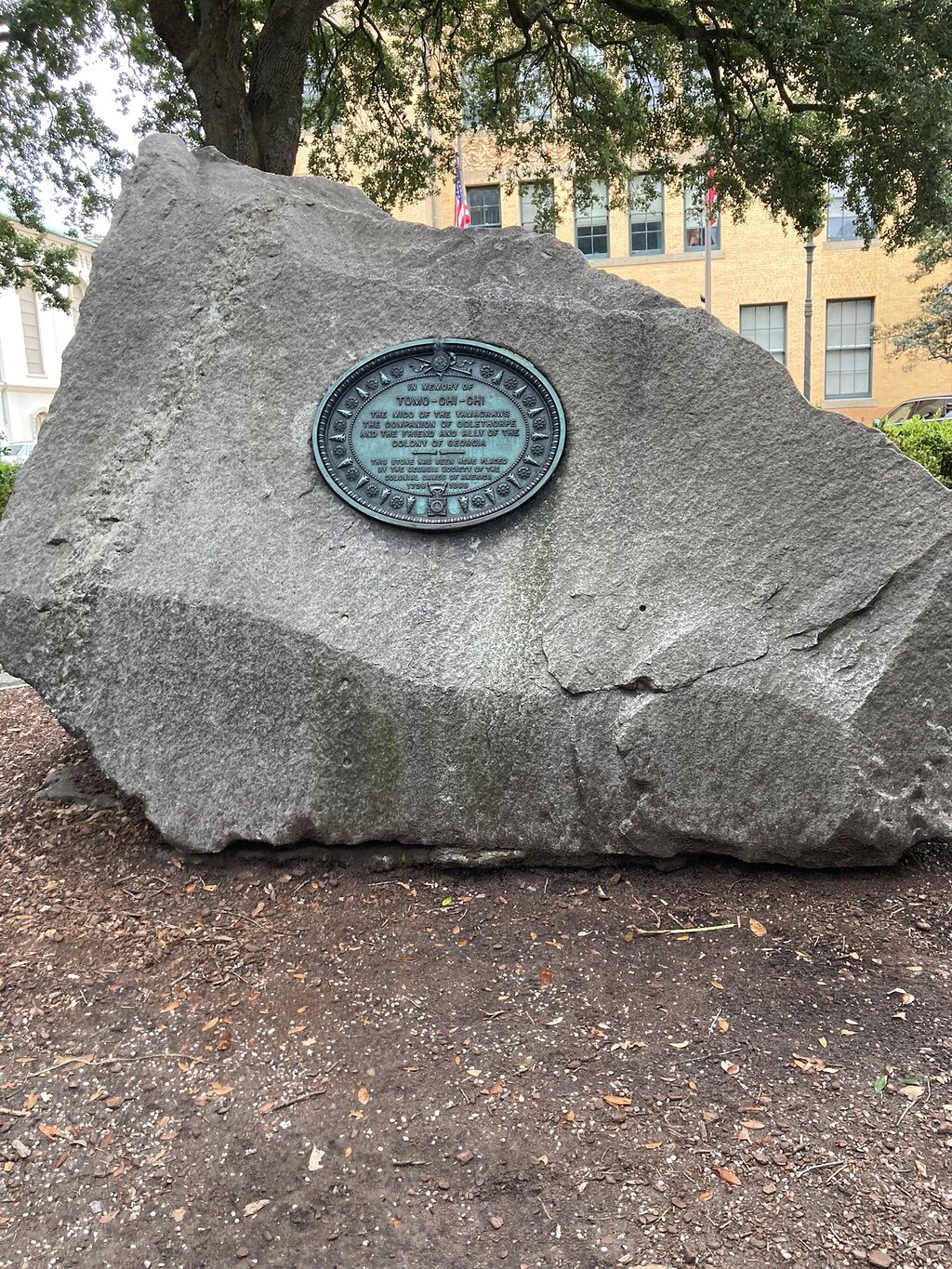
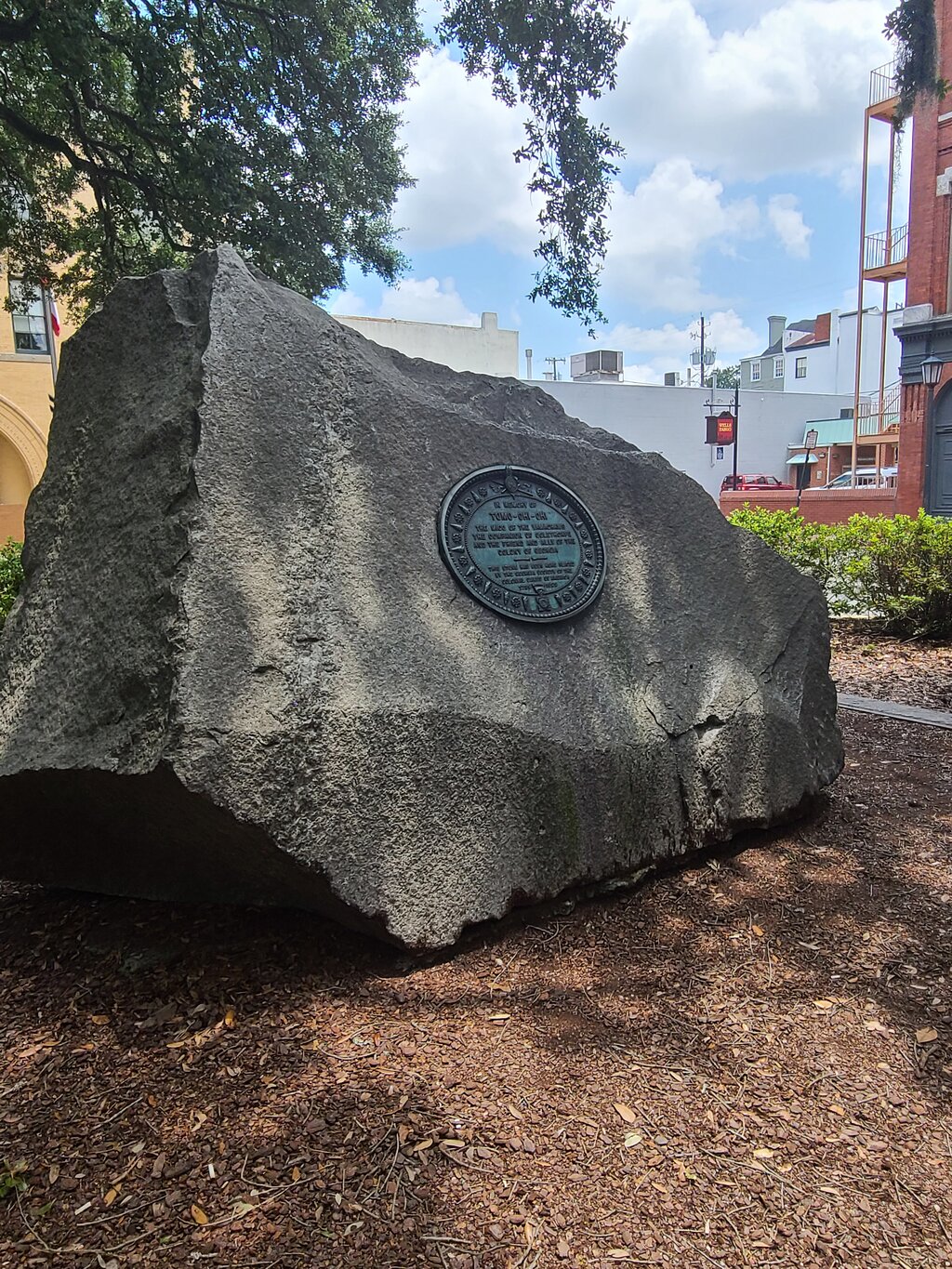
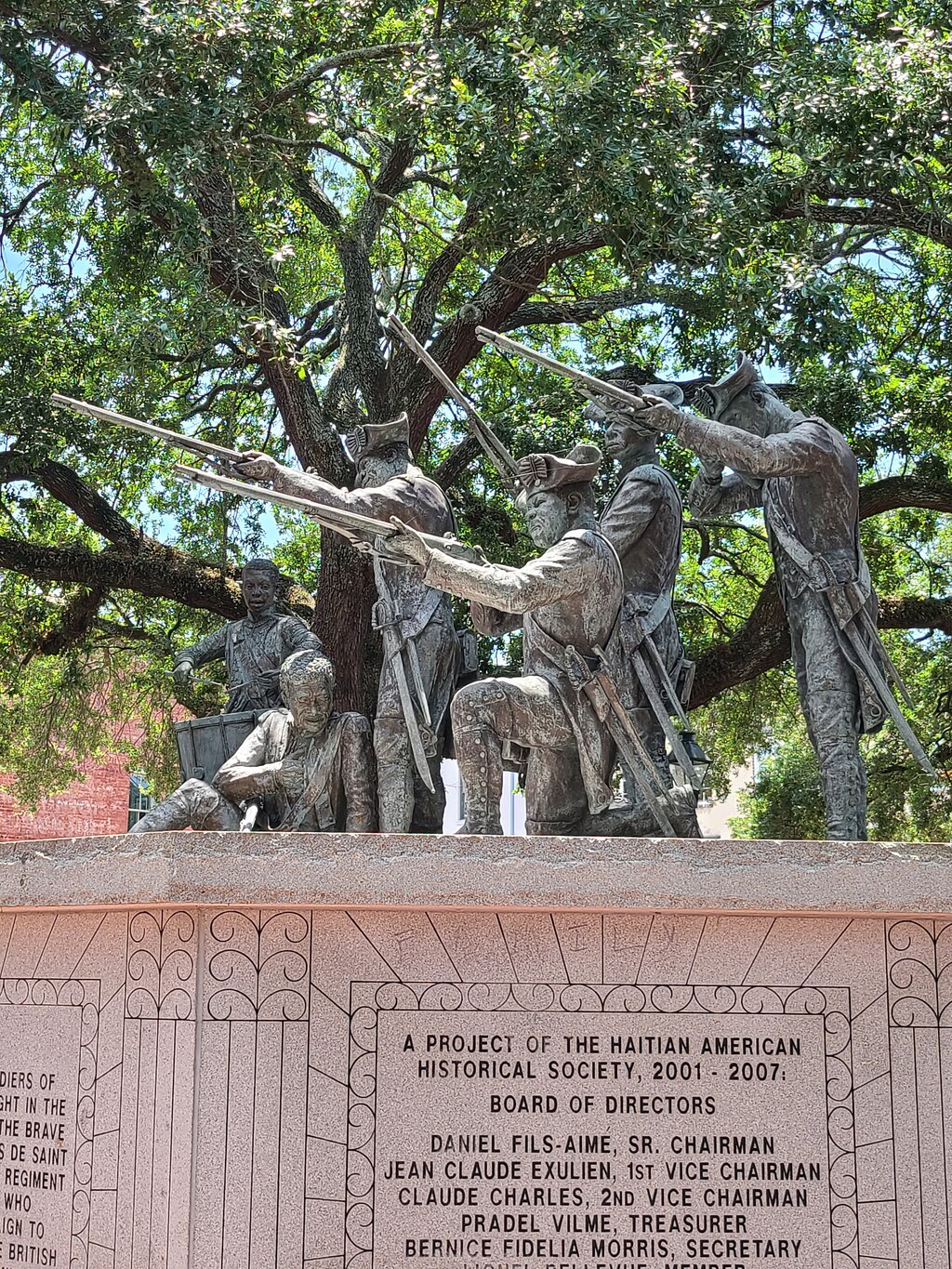
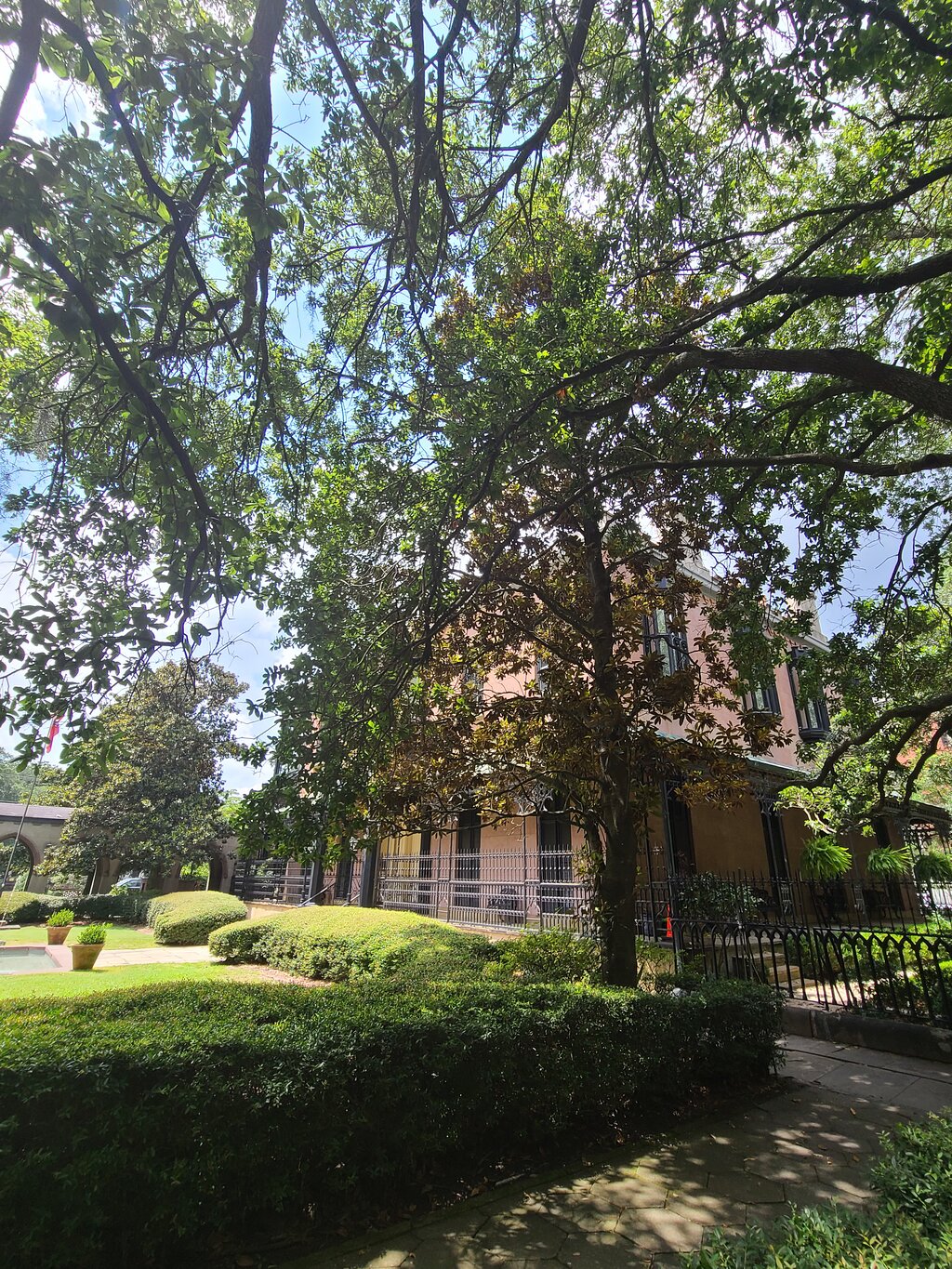


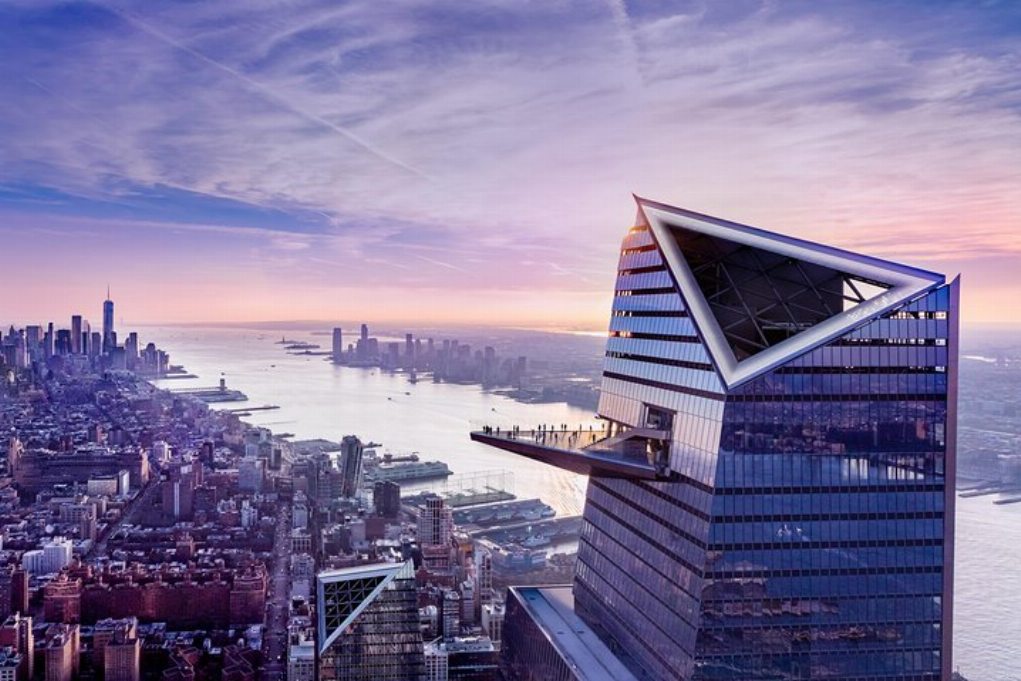

 Више
Више
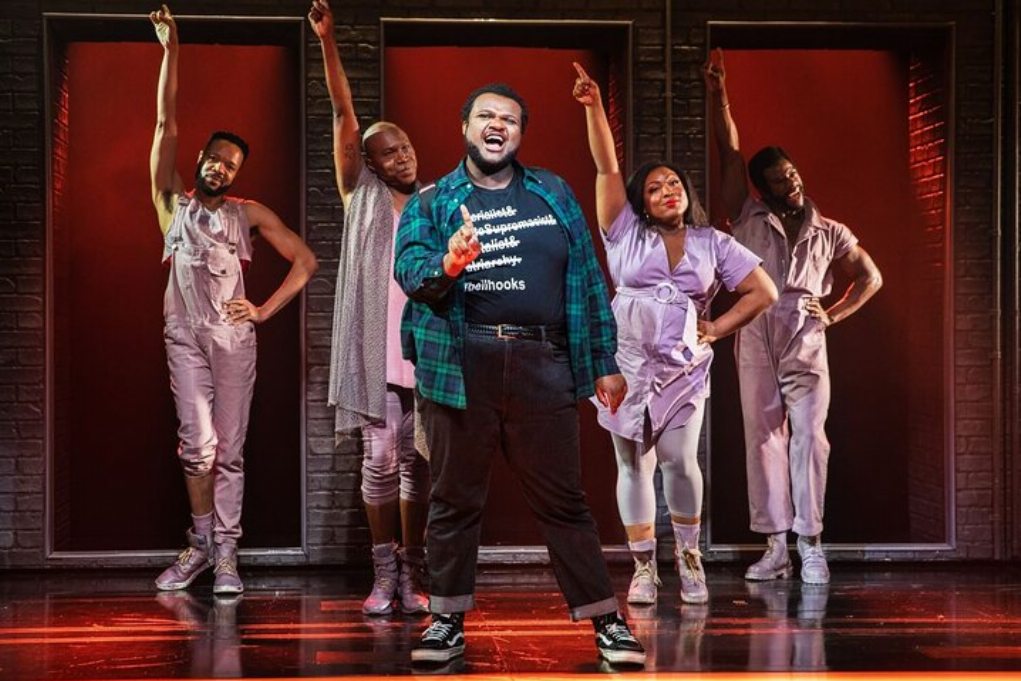
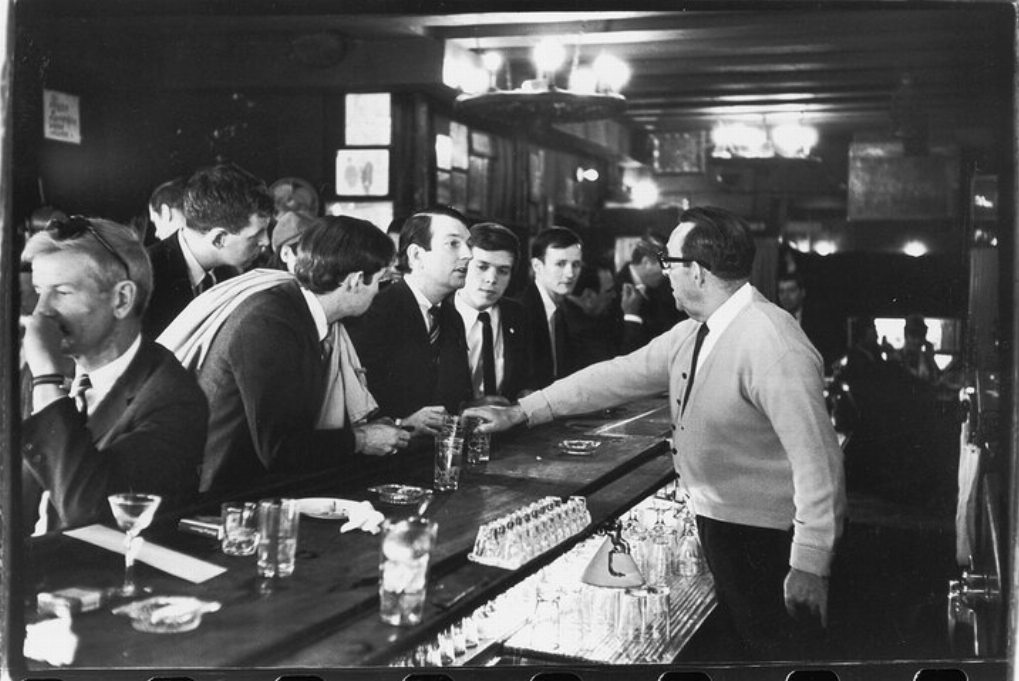
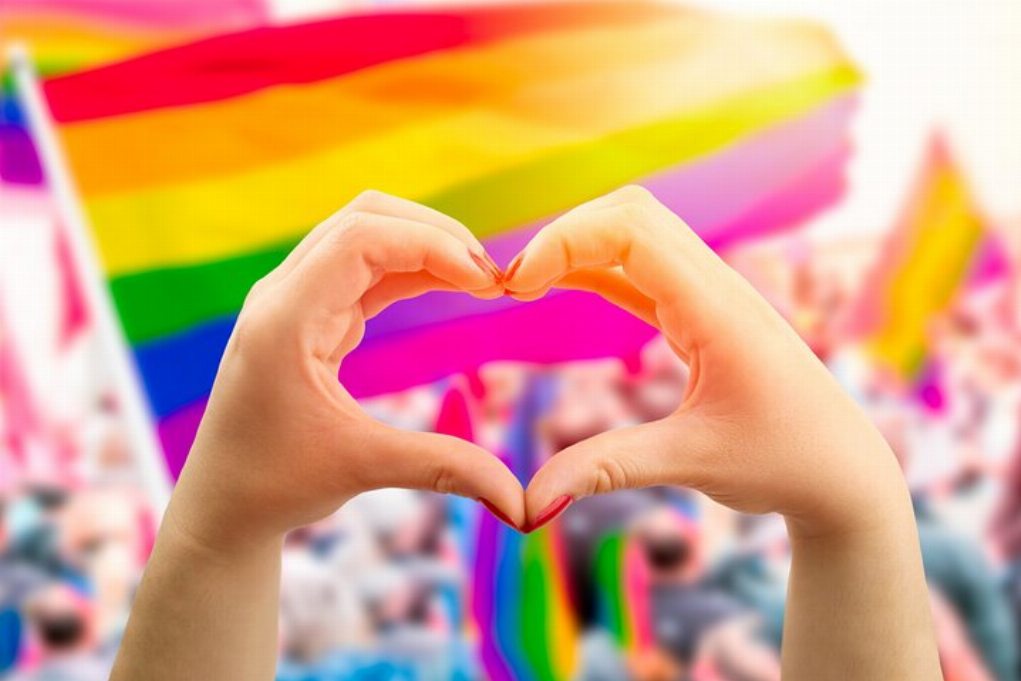
 Наставите са Гоогле-ом
Наставите са Гоогле-ом
 Наставите са Фејсбуком
Наставите са Фејсбуком
 Наставите са Твиттер-ом
Наставите са Твиттер-ом

